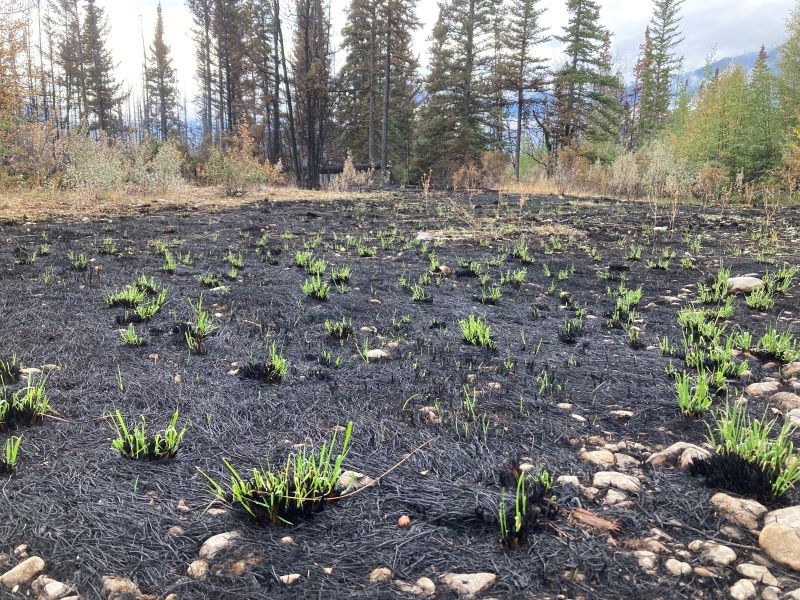Scott Hayes, Local Journalism Initiative Reporter | [email protected]
Now that the Chetamon wildfire is under control, Parks Canada is planning to let the fire run its natural course along the western flank of its perimeter.
“We've met our safety objectives and our critical infrastructure objectives on the other flanks and areas,” said Brad Romaniuk, incident commander.
The fire ran out of fuel on its own in the complex terrain of the upper basins.
“The best management objective for that is to allow it to stay there and introduce some fire back into a landscape that would really benefit from it,” Romaniuk said. “It also allows us to have some risk reduction for future fires in future years.”
Monday’s public update on the wildfire indicated that Parks Canada’s wildland fire management strategy is informed by the “best available science.” Romaniuk said that Indigenous knowledge has also been integrated into this approach as part of its strident efforts to manage the fire and derive the most benefits from it for the ecosystem.
“We actually had an [Indigenous] community and an Elder talk to us about the importance of fire in the landscape and how that is a natural process. It allows the ecosystem in the landscape to grow and thrive and change in a natural way. We take that consideration and that advice from our Indigenous partners and communities and Elders into consideration. In this case, it's very beneficial because we have both knowledge systems saying the same thing.”
The fire management team will keep its eyes on the fire as it spreads into the Chetamon Mountain basin, Vine Creek valley, Corral Creek valley and Snake-Indian River valley. They expect it to reduce fuel sources for other fires while allowing nutrients to be released to support plant growth, which will renew habitat for wildlife in turn.
Rocky ridges and low-lying moist areas are among the natural features within these valleys that will help to contain the spread within the western flank.
There have been some hot and dry conditions this week that might result in flare-ups and hot spots within the fire perimeter. Romaniuk said that they are waiting for a season-ending rain or snow event to properly put the wildfire to bed for the winter.
Otherwise, people should expect to see columns of smoke, flare-ups and potentially torching trees along the perimeter for the next several weeks depending on weather conditions. The presence of flame may be especially noticeable overnight.




